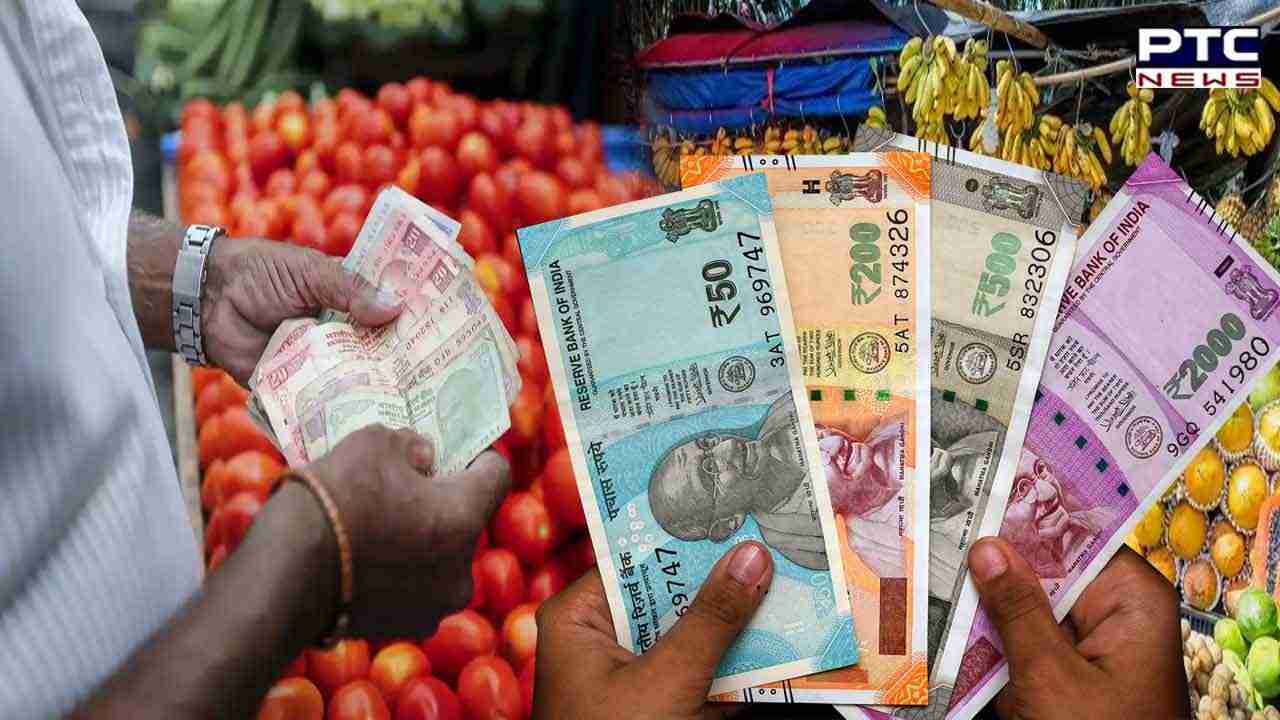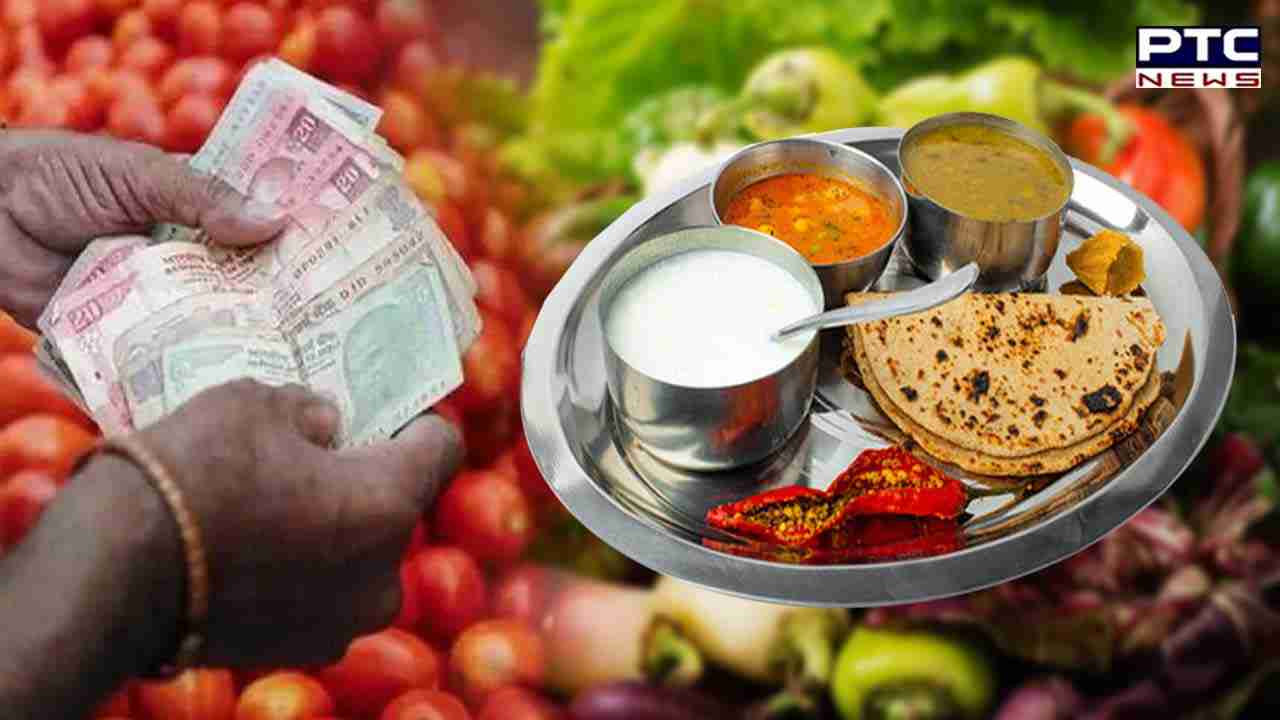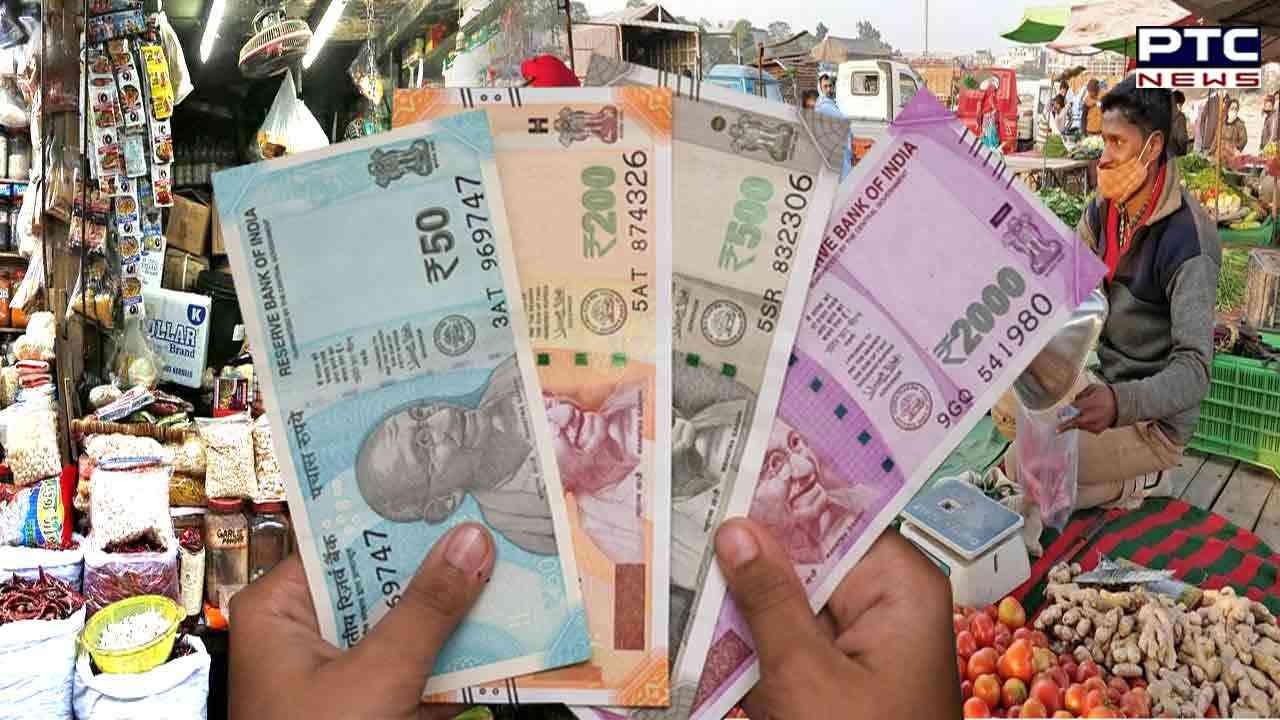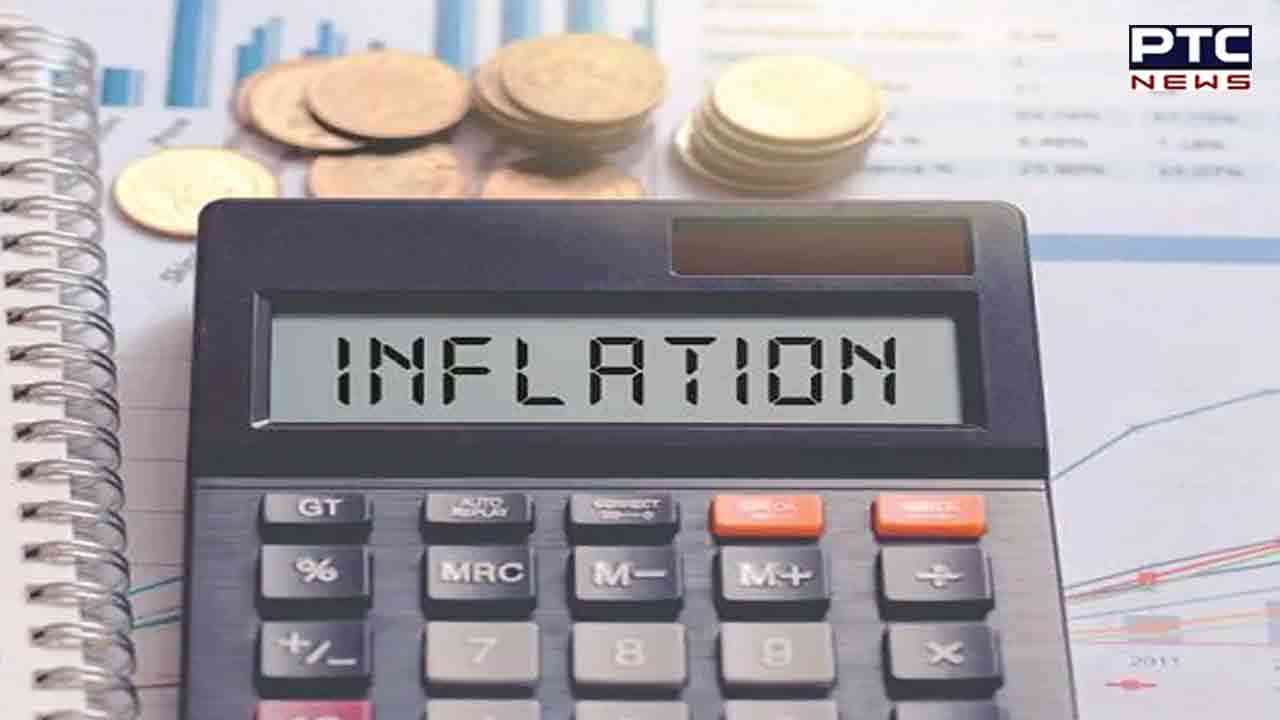
India's July retail inflation skyrockets to 7.44%, exceeds RBI's 6% limit; veggie and fruit prices lead surge
New Delhi, August 14: India's retail inflation in July surged to 7.44 per cent, surpassing the RBI's upper tolerance target of 6 per cent. This rise was primarily driven by a significant increase in the prices of vegetables, fruits, and pulses. The inflation rate for rural areas was 7.63 per cent while for urban areas, it stood at 7.20 per cent.
In June also, there was a notable increase in overall retail inflation, reaching 4.81 per cent, primarily attributed to a significant surge in vegetable prices. In May, retail inflation had reached a two-year low at 4.25 per cent, while it was 4.7 per cent in April and 5.7 per cent in the preceding month.

As per the data released by the Ministry of Statistics and Programme Implementation on Monday, the provisional index for vegetables increased from 181.1 in June to 250.1 in July. Vegetables hold a 6.04 per cent weightage in the overall retail inflation calculation. Similarly, the index for fruits and pulses also saw a rise, going from 172 to 179.7 and 223.1 to 231.1, respectively.

The escalation in inflation can be partially attributed to the current surge in tomato and other vegetable prices throughout India. The increase in tomato prices has been observed across the nation and is not restricted to a specific region or locality. In major cities, tomato prices have even reached as high as Rs 150-200 per kg.
Notably, retail inflation (Consumer Price Index) in India peaked at 7.8 per cent in April 2022, driven by a reduction in food and core inflation. In some advanced countries, inflation had in fact touched a multi-decade high and even breached the 10 per cent mark.
RBI's consistent monetary policy tightening since mid-2022 could be attributed to the substantial decline in inflation numbers in India. India's retail inflation was above RBI's 6 per cent target for three consecutive quarters and had managed to fall back to the RBI's comfort zone only in November 2022.
Under the flexible inflation targeting framework, the RBI is deemed to have failed in managing price rises if the CPI-based inflation is outside the 2-6 per cent range for three quarters in a row. Barring the recent pauses, the RBI has raised the repo rate by 250 basis points cumulatively since May 2022 in the fight against inflation.
_97ae8b5bad6d21b85c52ca3f9c56cd60_1280X720.webp)
Raising interest rates is a monetary policy instrument that typically helps suppress demand in the economy, thereby helping the inflation rate decline.
Last week, the Reserve Bank of India upwardly revised the country’s retail inflation projections for 2023-24 at 5.4 per cent, against 5.1 per cent it projected in its previous monetary policy meeting in June.
RBI Governor Shaktikanta Das, as part of his remarks after the policy meeting, said assuming a normal monsoon, retail inflation is revised to 5.4 per cent, with Q2 at 6.2 per cent, Q3 at 5.7 per cent and Q4 at 5.2 per cent. Retail inflation for Q1 2024-25 is projected at 5.2 per cent.

“The month of July has witnessed accentuation of food inflation, primarily on account of vegetables. The spike in tomato prices and further increase in prices of cereals and pulses have contributed to this. Consequently, a substantial increase in headline inflation would occur in the nearterm,” said Das.
He reiterated what he said after the June meeting – “Bringing headline inflation within the tolerance band is not enough; we need to remain firmly focused on aligning inflation to the target of 4.0 per cent.”
- ANI
